|
Hanuman ji is one of the most revered deities in modern times as he is soon pleased by devotees. He is symbol of the all types of strengths including intelligence, volition, devotion and physical power. Hanuman has many names like Maruti, Anjaneya, Pavanasuta, Bajrang Bali, Manojavam, Marutatulyavegam, Vatatmajam, Vanarayuthamukhyam, Shreeramdutam, Raghupati Priya Bhaktam, Sankat Mochan, etc. As temples of Hanuman ji is built across entire Bharat, he is symbol of nationalism. A few famous temples of Hanuman ji are mentioned below: Hanuman Garhi temple, Ayodhya, UP:
Sankat Mochan temple, on the banks of the Assi river, Varanasi, UP:
Bade Hanuman Temple, Prayagraj, UP.
Sankat Mochan Hanuman Temple, near Gomti River, Lucknow:
Jakhu temple on Jakhu Hill, Shimla's highest peak in HP:
Hanuman Temple in Connaught Place, New Delhi,
Mahavir Mandir or Patna, Bihar, India,
Ultey Hanuman ji Mandir Indore, MP. It is believed that this was the place from where Hanuman went to Patal Lok. At that time, Hanuman ji's feet were toward the sky and towards the Mother Earth, due to which their reverse form is worshiped. Hanuman Dhara Temple, Chitrakoot, MP.
Salasar Balaji on NH-65 near Sujangarh in Churu district, Rajasthan:
Mehandipur Balaji Mandir, Dausa district of Rajasthan:
Sri Hanuman Temple, Sarangpur, Jamnagar, Gujarat:
Paritala Anjaneya Temple, on NH-9, Vijaywada, Andhra Pradesh:
Ragigudda Anjaneya temple, Bengaluru, Karnataka.
Namakkal Anjaneyar Temple in Nakakhal, Tamil Nadu.
Ashtamsa Varadha Anjaneyar Temple, Tamil Nadu:
Panchmukh Aanjanayar Swami Ji Kumbhkonam, Tamil Nadu: Five-faced form of Hanuman is now known as Panchamukhi. Five heads are that of Hayagriva, Narasimha, Hanuman, Varaha and Garuda. Every Face of Sri Panchamukha Hanuman has significance — Sri Hanuman faces east. He grants purity of mind and success. The Narasimha faces south. He grants victory and fearlessness. The west facing Garuda removes black magic and poisons. The north facing Varaha, showers prosperity, wealth. The Hayagriva mukha faces the Sky. He gives Knowledge and good children. Out of these, Hayagriva, Narasimha and Varaha are incarnations of Lord Vishnu. Hence, Panchmukhi Hanuman is also known as the combined avatar of Lord Vishnu and Lord Hanuman. Alathiyur Hanuman Temple, near Tirur, Malappuram district, Kerala: According to local myths, the "Purumthrikkovil idol" of the deity Hanuman was consecrated 3000 years ago by Vasistha, one of the Saptarishis. Sankat Mochan Hanuman Temple, Mount Madonna Center in the USA
https://en.wikipedia.org/wiki/Hanuman_Temple,_Connaught_Place https://www.templepurohit.com/famous-hanuman-temples-india/
0 Comments
Leave a Reply. |
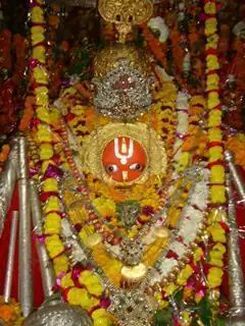
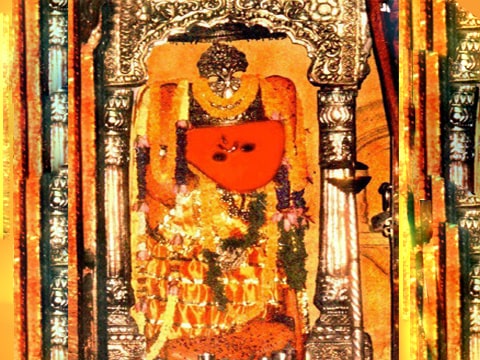
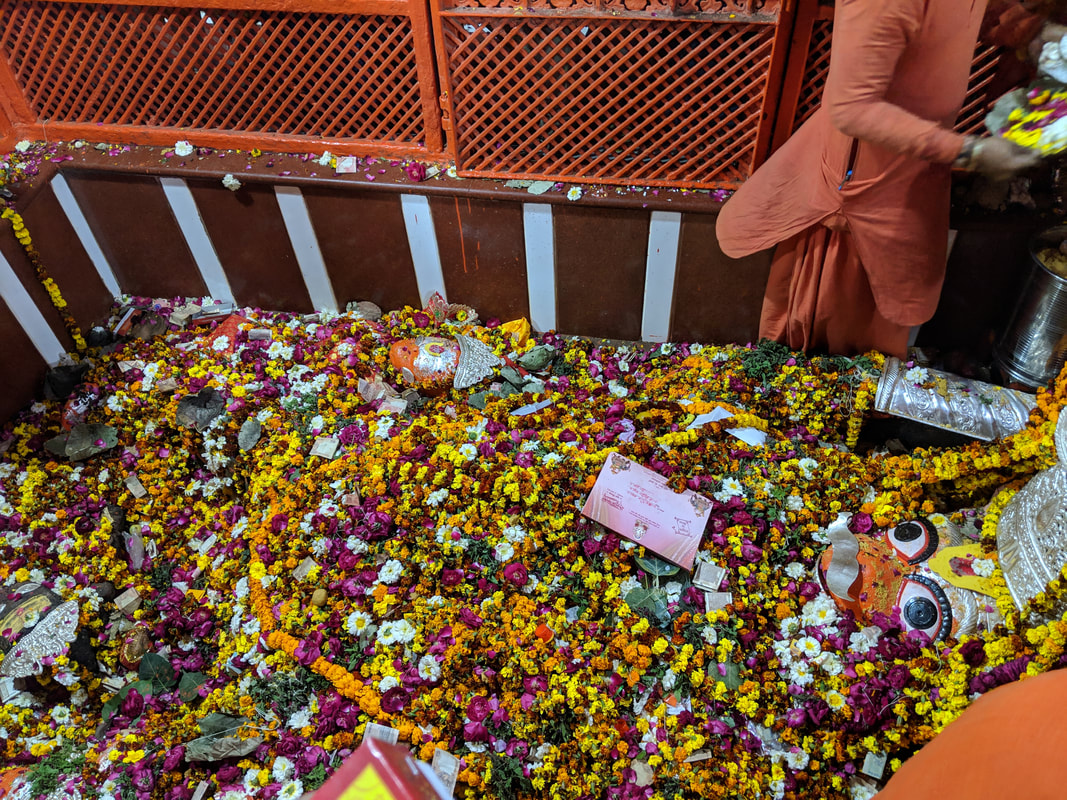
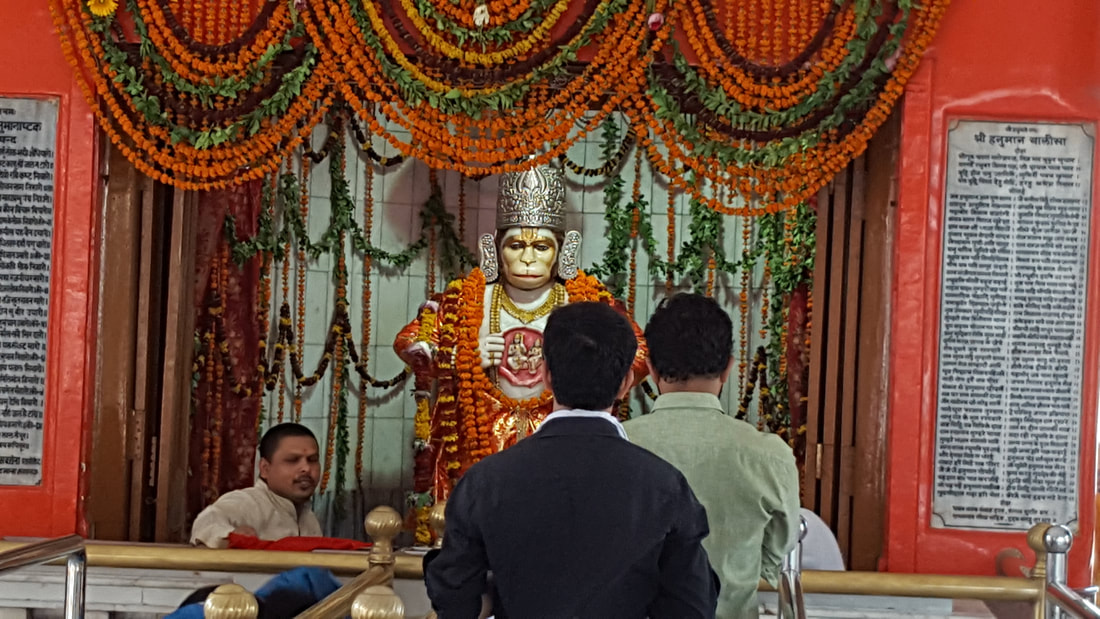
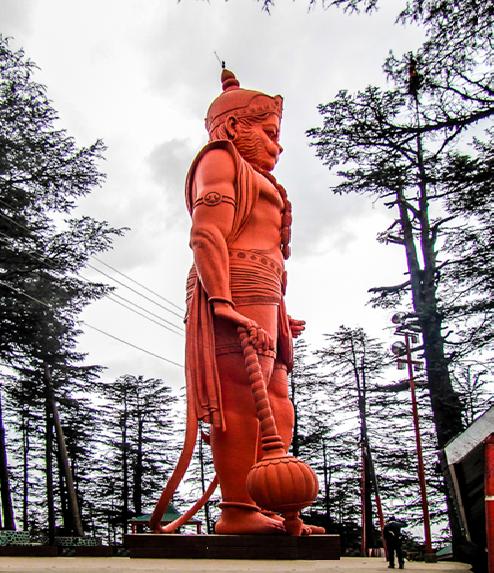
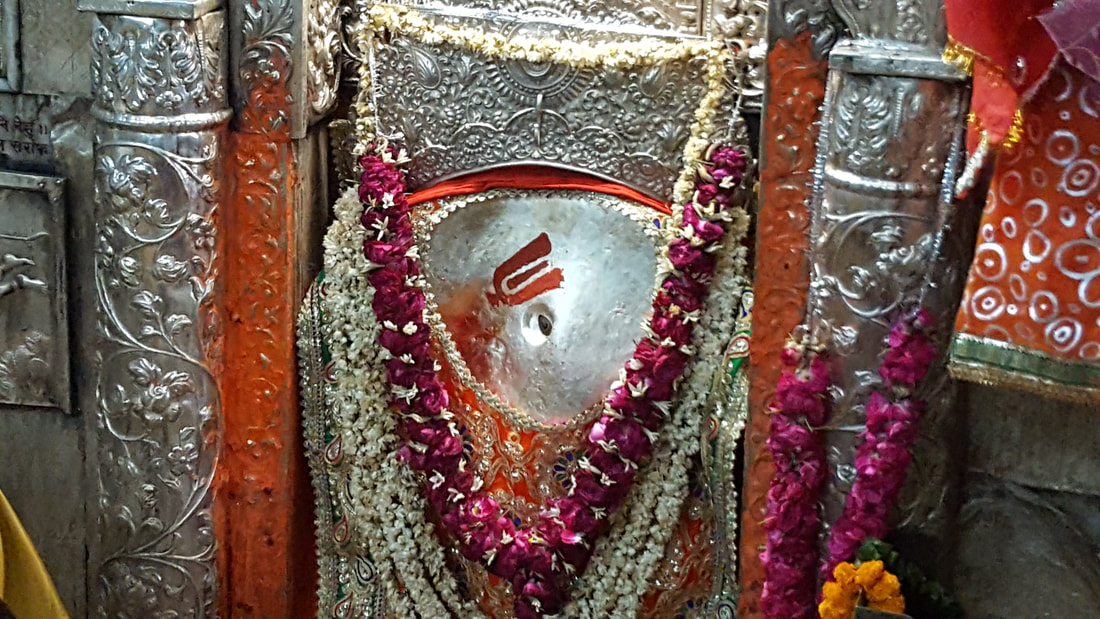
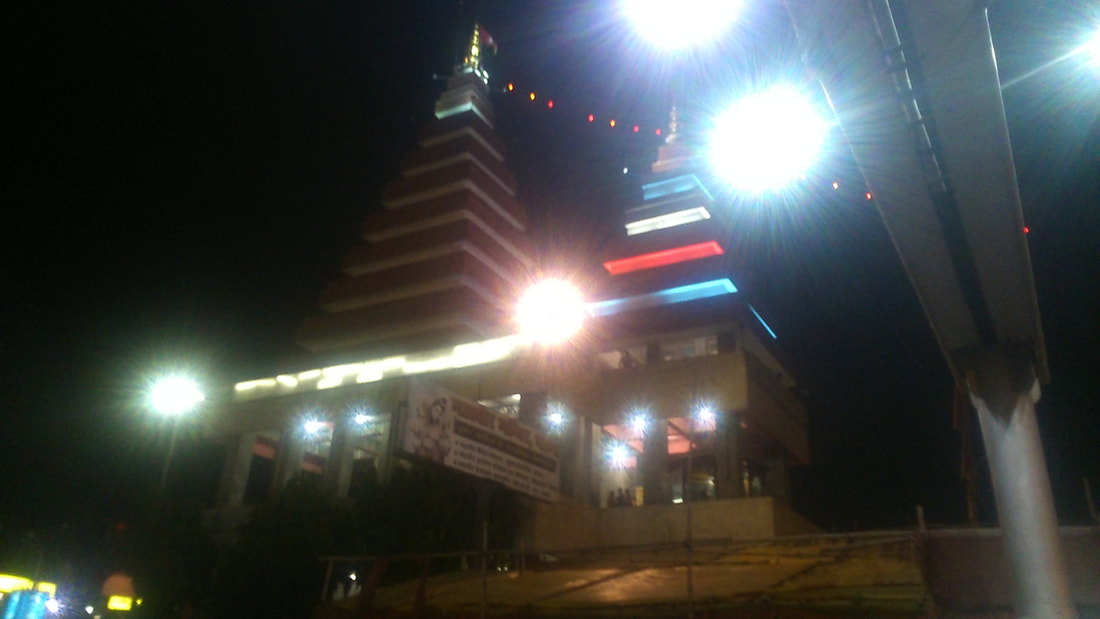
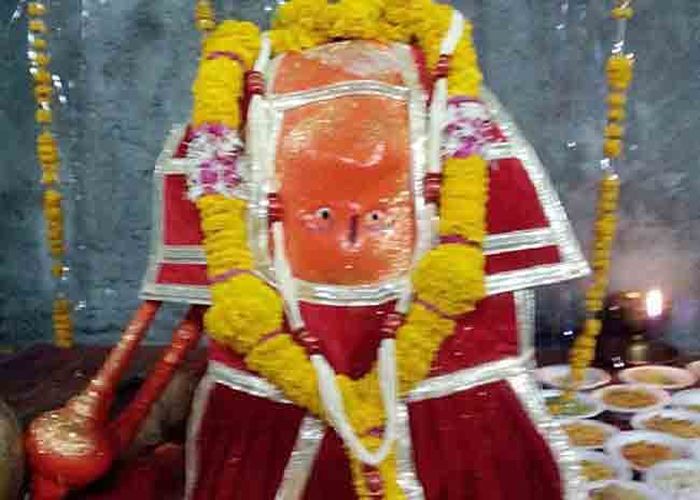
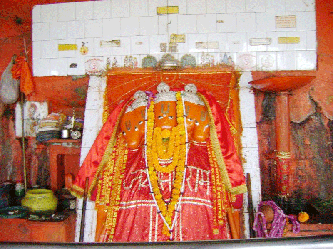
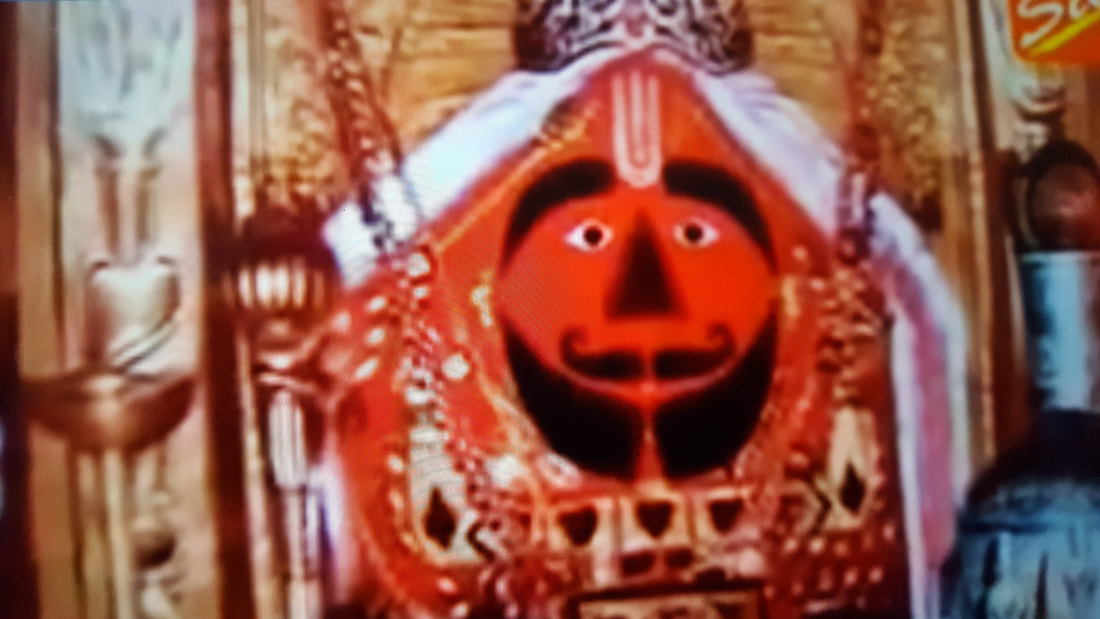
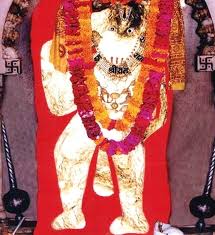
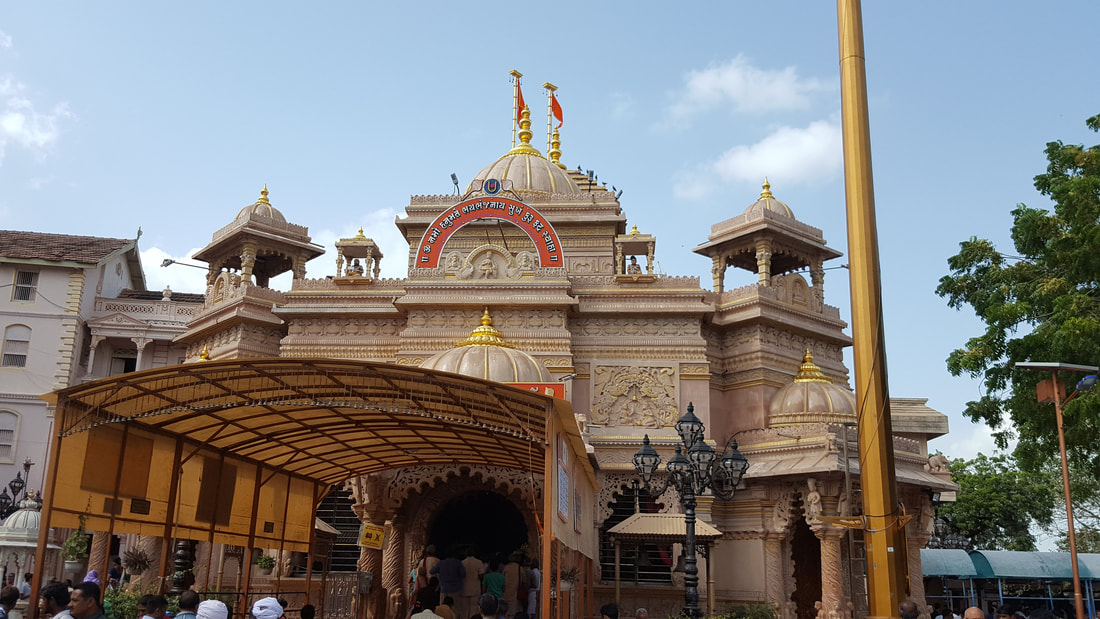
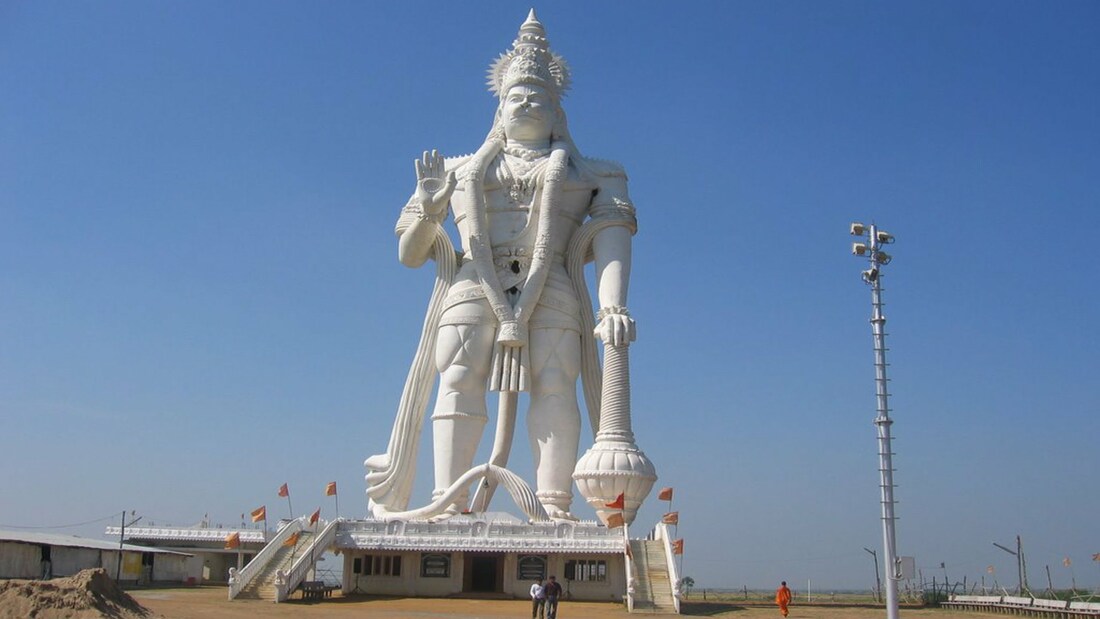
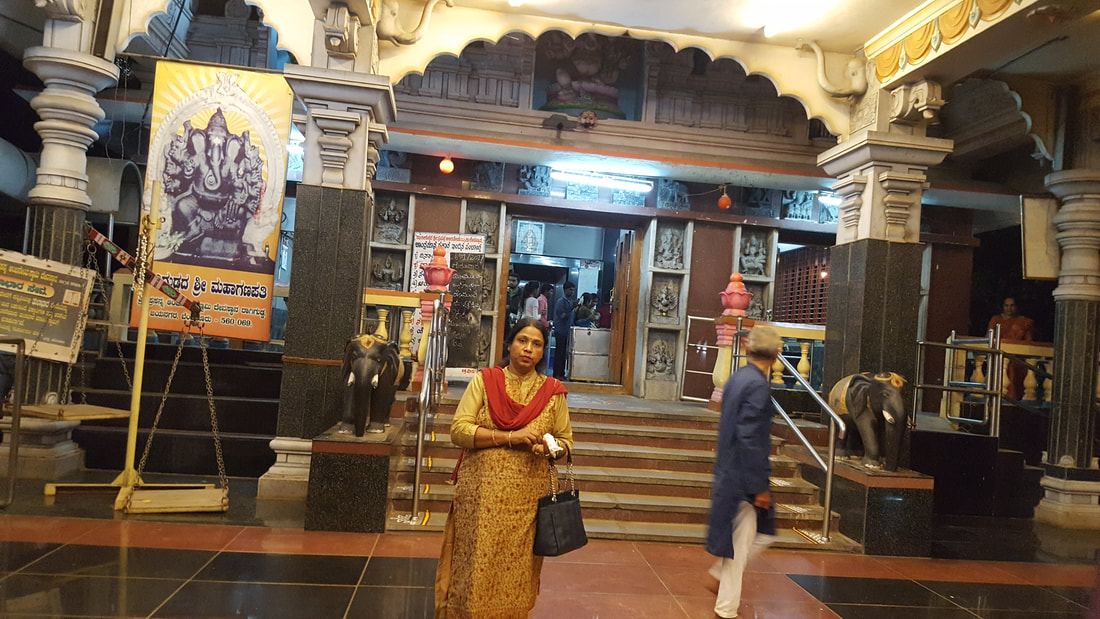
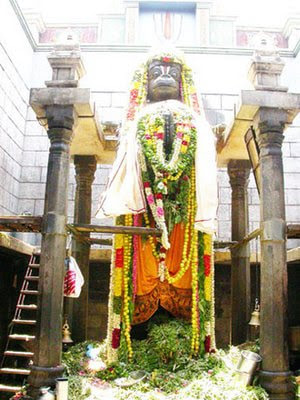
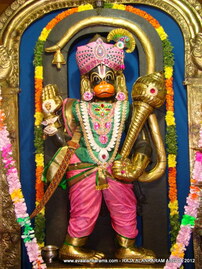
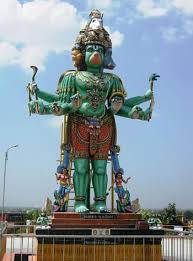
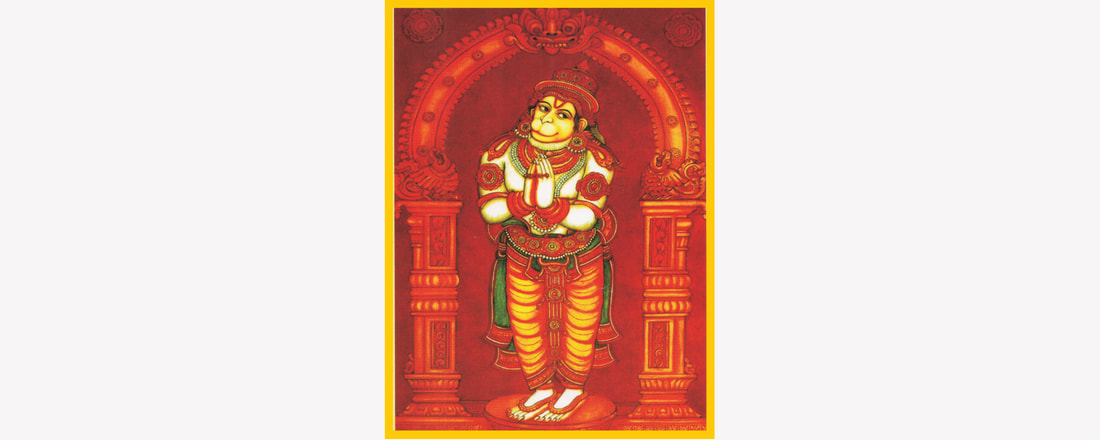

 RSS Feed
RSS Feed